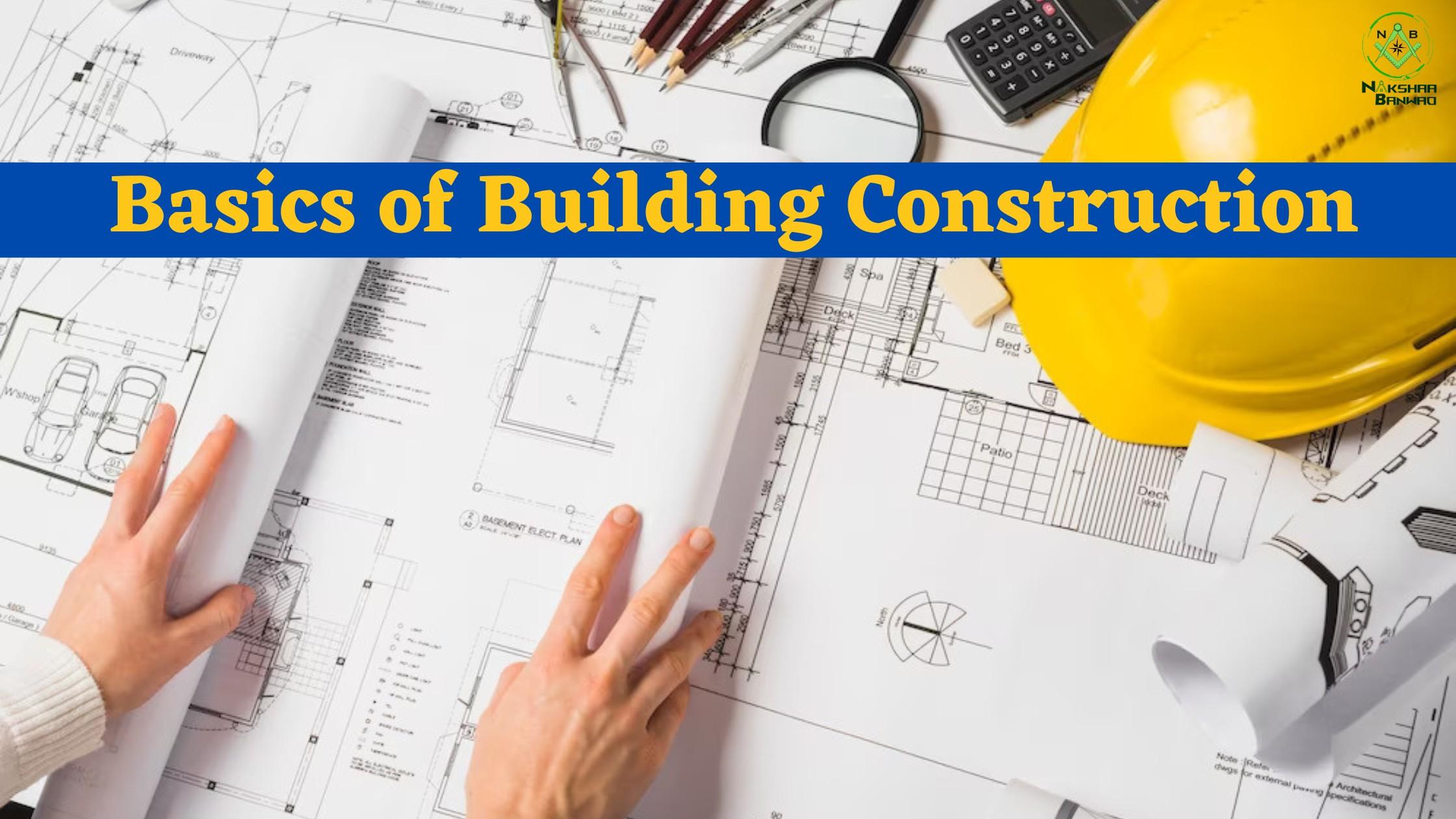Basics of building construction
Understanding the fundamentals of building construction instruments in the completion of a construction project. This article describes the steps involved in building a house.


Understanding the fundamentals of building construction instruments in the completion of a construction project. This article describes the steps involved in building a house.

When planning the construction of a new building, it is very necessary to have an idea of the beginning and end of the construction project. The flow chart below shows the construction progress from start to finish of a construction project. Variations may exist as each project is unique and follows a different design and construction process. In general, the basic steps of a construction project are briefly explained.
Planning in building construction involves three main steps:
Development of a construction plan
Financial analysis
Selection of construction team
1. Planning 2. Authorization 3. Site preparation 4. Building foundations 5. Superstructure construction 6. Hallmark Sheets 7. The warranty period of the building. . PlanningOnce the site selected where the building project is to be built, the expertise of engineers and architects is used to develop the site and building plan. Sometimes a suitable place is chosen only after the layout of the building has been prepared.
Material costs
Construction costs
Cost of labor
Various costs
Read more: Construction Cost Estimates Based on the estimated costs, either a bidding process is carried out or the project is handed over to a known contractor. The contractor and the owner must agree on the contract on the basis on which the project is implemented. The contract mentions the completion time and the necessary instructions, and exclusions to eliminate complaints.
Before starting building construction, the owner must make sure that he has the necessary permits to start construction. Permits and insurance are obtained from various sources in cities and states. Construction work carried out without a permit results in project delays or project demolition or heavy fines. Having required party insurance helps protect the owner and contractor.
From there, the actual construction process begins. On the basis of the construction site and construction plan, the necessary excavations, leveling, and backfilling for the preparation of the construction site can be carried out. Necessary excavation is being prepared for utility networks, electricity, water and sewage distribution, and temporary warehouses. In most cases, the work required for the establishment of engineering networks is prepared. This is followed by an inspection by government officials. Read more: Steps in Site Preparation for Construction Projects – Soil Report, and Excavation Inspections are done at various stages for structure, building codes, utilities, HVAC, electrical work, etc. After the entire project is completed, a final inspection is done.
Building structures are generally built on concrete foundations. Depending on the type of soil and the level of groundwater in the area, the foundation chosen may vary. If necessary, a soil test is carried out to check the bearing capacity. Shallow foundations are required for low-rise buildings. A pile foundation is used for high-rise buildings. Once the foundation is selected, the soil is excavated to build the foundation. It is carried out based on the layout of the foundations. The formwork is placed in the foundation grooves and the reinforcement is placed based on the detailed design of the foundation prepared in the planning phase. The reinforcement work carried out by the contractor is regularly checked by the responsible engineer. Read more: Construction of foundations – depth, width, layout, and excavation Concrete mixture of the required ratio is poured on the formwork and hardened into a finished foundation.
The superstructure is built after the substructure is completed. A frame structure is generally developed, which is later completed with masonry walls. Corresponding windows and exterior doors are placed based on the building plan. Other works falling into this section are:
Construction of roofs or cladding
Installation of heating, ventilation, and air conditioning
Ensuring sufficient electrical and plumbing connections. Carry out the necessary insulation work to protect against light
Ensuring waterproofing of walls.
Plastering and finishing work of walls and surfaces
Flooring work
Exterior and interior painting.
6. Punch List
After the project is completed, the contractor will check all the work one by one and make a list. Structural units or areas that have not been executed correctly or are below quality standards are in the whole list. This will be corrected later by the responsible contractor.
Once the project is completed and handed over to the owner, the contractor will determine the warranty period. Within this period, all defects found on the construction site must be repaired and replaced the responsible contractor. The warranty for materials and appliances is provided by the manufacturer and supplier.
Ghar Banwao is best Construction company in Lucknow , providing one stop Solutions in Architect, Construction with Material,Interior designer.
I hope this article contains all the answers to the Basics of Building Construction, answered in simple words, step by step. If you liked the article, check out our site for more such content.